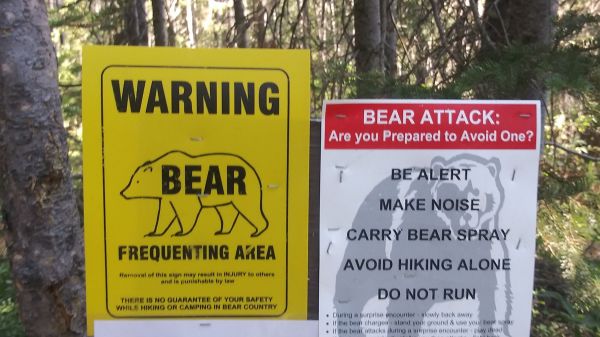Lessons from a stop sign

It's found all over the world. It's essential to safety in societies around the world. It's effective across political spectrums and ideologies. Its message is so recognizable that the mere shape can create behavior change. It's the stop sign.
Let's look at what makes it so effective at affecting our behavior.
1. Location - the sign should be located as close as possible to where the behavior change will occur. The stop sign is located where the stop occurs.
2. Visibility - a sign that blends into the scenery or is placed amongst other signs isn't going to be effective. Think about aposematism - the warning pattern in animals like skunks. Bright red with four big, white letters - stops signs pass the visibility test.
3. Simplicity - keep the message as basic as possible and limit extra messaging when possible. Use univeral symbols when possible. Stop signs are so ingrained in our cultures that the shape of an octagon is now synonymous with "stop!" When there are multiple parts to the message, make sure there is a clear overall messsage to call attention to. The other messages can support the main theme.
4. Outreach - behavior change signage may be as simple as routing people around a trail detour. However, when it comes to safety and conservation, of visitors, wildlife, and habitats, back up your message with outreach through community engagement and other media.
These grizzly bear warning signs above (from Grand Teton National Park) feature some effective strategies for encouraging safety in bear county that are reinforced throughout the park's programs and media:
1. These signs were located a hundred feet down the trailhead - away from the parking lot where there are a lot of distractions.
2. The signs use contrasting and bright colors. The bear silhouettes get my attention.
3. The message is simple - take precautions to stay safe in bear country. There are also sub-messages promoting clear behaviors: don't hike alone, carry bear spray, make noise, and don't run.
4. I have a vested interest in what this sign is communicating - hiking in grizzly country is a thrill, but it comes with risks. The sign empowers me with several actions that I can do to prevent a dangerous bear encounter.
In summary, behavior change signage is often site or situation-specific, but can be an effective part of an overall education effort that makes the case for why the change is needed, how the audience can help, and what the benefits are.
What are some examples of effective or noneffective behavior change signages that you've seen?
